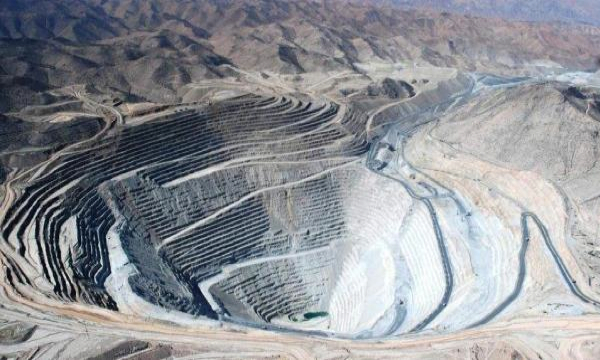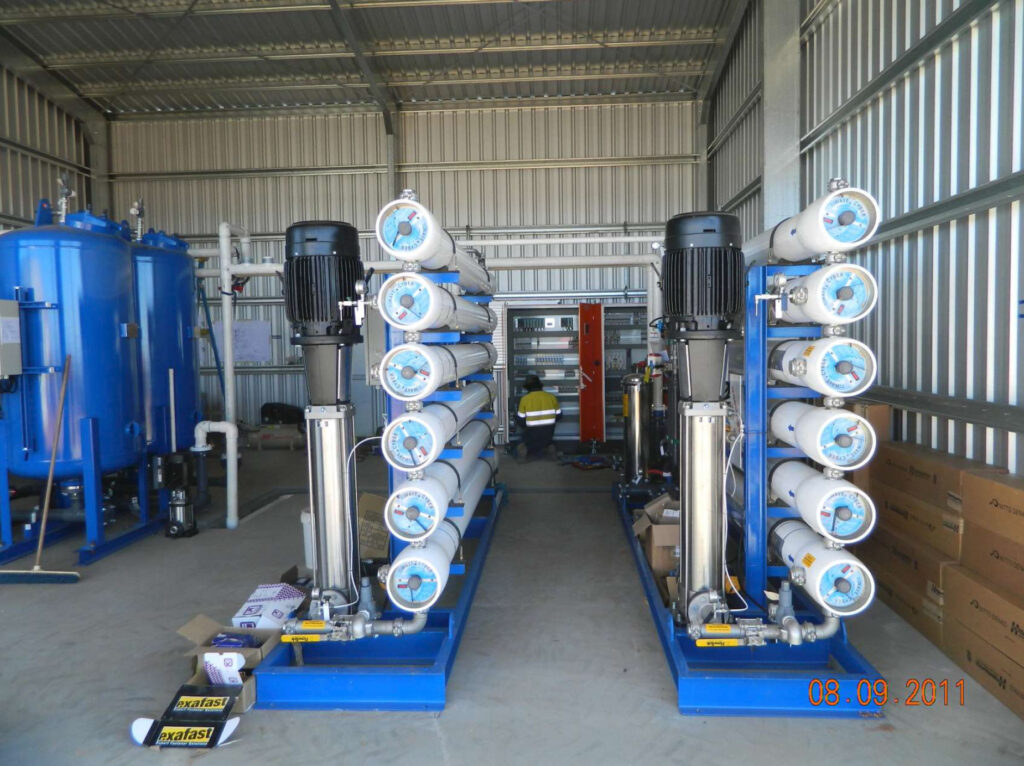Incorporation of a DMI-65 based filtration system in the water management strategy will:
• Reduce iron and manganese contamination in drinking water to well below health authority standards• materially reduce the symptoms of iron and manganese fouling
• remove impurities to control deposition, carryover, and corrosion in the boiler systems
• prevent the clogging of water feed systems
• Reduce iron and manganese contamination in waste to well below regulatory limits to allow reuse or discharge into the environment
DMI-65 is infused technology and not just a surface coating technology, unlike other catalytic water filtration media, which removes the chance of any chemical leaching into the water stream.
In order to begin the process of oxidation of the iron (and manganese) in solution DMI-65 is designed to operate in the presence of chlorine or other oxidant. In this process the oxidant removes electrons and is consumed in the process. The operator needs to ensure that there is a 0.1 – 0.3 ppm free chlorine residual in the effluent water.
Chlorine, fed as sodium hypochlorite or bleach (12.5% NaOCl), is the preferred oxidant since it is relatively inexpensive, readily available around the world and it is effective. It also performs the vast majority of any disinfectant process.
Unlike ion exchange resins where higher regenerant dosages will increase the ion exchange capacity, NaOCl residuals or concentrations higher than required to oxidize the Fe and Mn do not increase the oxidative properties of the media.
DMI-65 has been certified to the US Standard of NSF/ANSI 61 for Drinking Water System Components and for use in England and Wales Under Regulation 31(4)(a) of the water supply (Water Quality) regulations 2010 and has also been tested by many other water treatment authorities and laboratories.
DMI-65 is manufactured in Australia.
Case History: Mine site Water Treatment at FMG

Fortescue Metals’s Group’s Cloudbreak mine site has won national recognition and awards with the Australian Water Association for their advanced groundwater management scheme.
With a capacity of 25 gigalitres of water recharged each year the Cloudbreak Managed Aquifer Recharge Scheme is one of the largest and complex managed aquifer recharge schemes in Australia.
The scheme, first established in 2008, is an innovative approach to mitigating environmental impacts related to surface discharge and dewatering drawdown while also conserving water resources for future mine water supply.
Iron and manganese removal plays an important role in the management of the water treatment system at the Cloudbreak Mine site. The Water Treatment plant uses DMI-65 for treating ground water elevated levels of iron and manganese to meet Australian Drinking Water Standards as an alternative to costly reverse osmosis (RO) processes.
Fortescue Water Supervisor Mark Botica said “The DMI-65 media used in this treatment plant consistently reduces iron and manganese to ultra low levels. After filtration through the DMI-65, manganese levels went from 0.939 mg/L to 0.02mg/L when mixed with our other potable water supply.”
The Scheme to date has been so successful that it was awarded the National award for Infrastructure Project Innovation at the Ozwater11 conference and also won the Western Australian Water Infrastructure Innovation Award in 2010.
Advantages of using DMI-65 at mine site for water treatment
Membrane Protection. The efficient removal of dissolved iron to almost undetectable levels as low as 0.005 PPM materially reduces the incidence of iron fouling which therefore reduces the need for membrane replacement and keeps the treatment system working at its optimal levels. Membranes are expensive, as is the time cost to replace them and the production downtime,
Regulatory Compliance. Demand for clean and reliable drinking water expands at rates far greater than available surface water sources. New municipal drinking water sources are increasingly from ground water which most commonly has Iron and manganese contamination levels well above designated acceptable levels. DMI-65 efficiently removes dissolved iron to the almost undetectable levels as low as 0.005 PPM and manganese to 0.001 PPM to achieve compliance in virtually all jurisdictions.
Reduced Costs The total cost of the iron and manganese removal water filtration system is significantly less than alternative solutions, the effectiveness, but relative simplicity, of DMI-65 based systems reduces the upfront capital expenditure on plant complexity as well as the ongoing operational expenditure in chemicals, power and backwash waste water recovery.
High Flow Rates. The infused technology of DMI-65 promotes the highest oxidation rate of any catalytic filtration media. This permits a significantly higher water flow rate to achieve the same level of iron and manganese removal. DMI-65 can operate at linear filtration velocities up to twice that of conventional media with a corresponding reduction in capital equipment costs.
High Load Capacity. DMI-65 also has higher iron and manganese load capacity which can extend the duration of filter runs and the time between backwashing, thereby reducing downtime, operating expense and wastage.
Regeneration Not Required. The media operates with a continuous injection of sodium hypochlorite at low residual levels (0.1 to 0.3 ppm) which eliminates the need for Potassium Permanganate.
Wide Operating Environment. Stable and satisfactory performance at pH 5.8 to 8.6 and a maximum operating temperature of 113° F (45°C) reduces the need for investment to alter the operating environment.
Long Life. DMI-65 is not consumed in the process giving it an expected operational life of up to 8 years, providing considerable advantages over other processes or media. The media does not display a decaying capacity to do its catalytic work. Over the 5 to 8 year period, through many backwashing operations of the bed to remove retained solids, an attrition loss of the media occurs by contact between particles and mechanical abrasion.
















